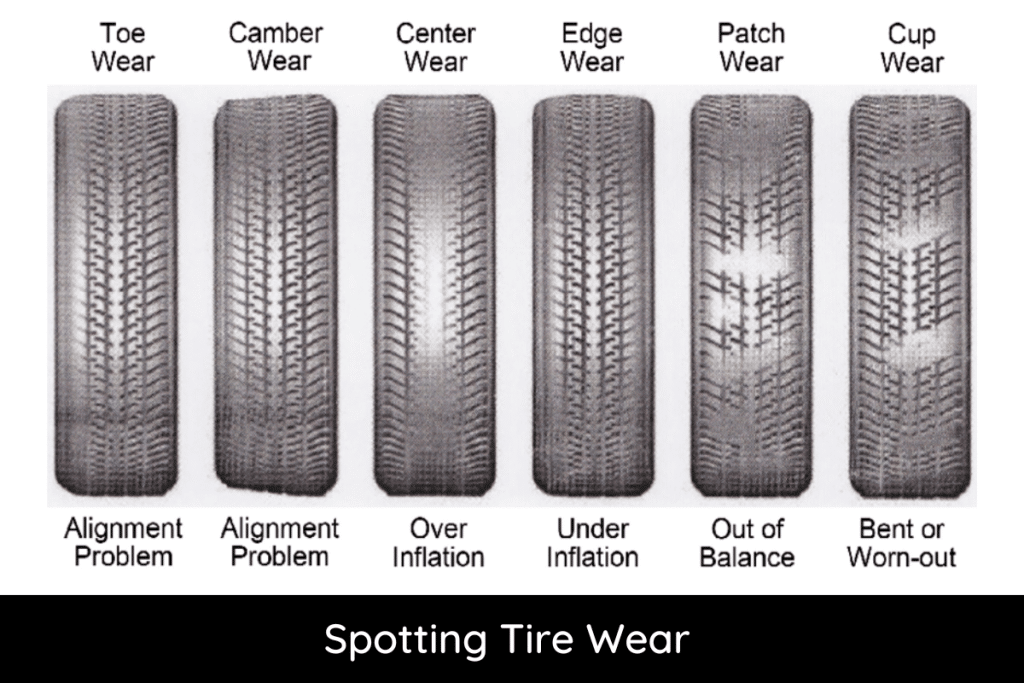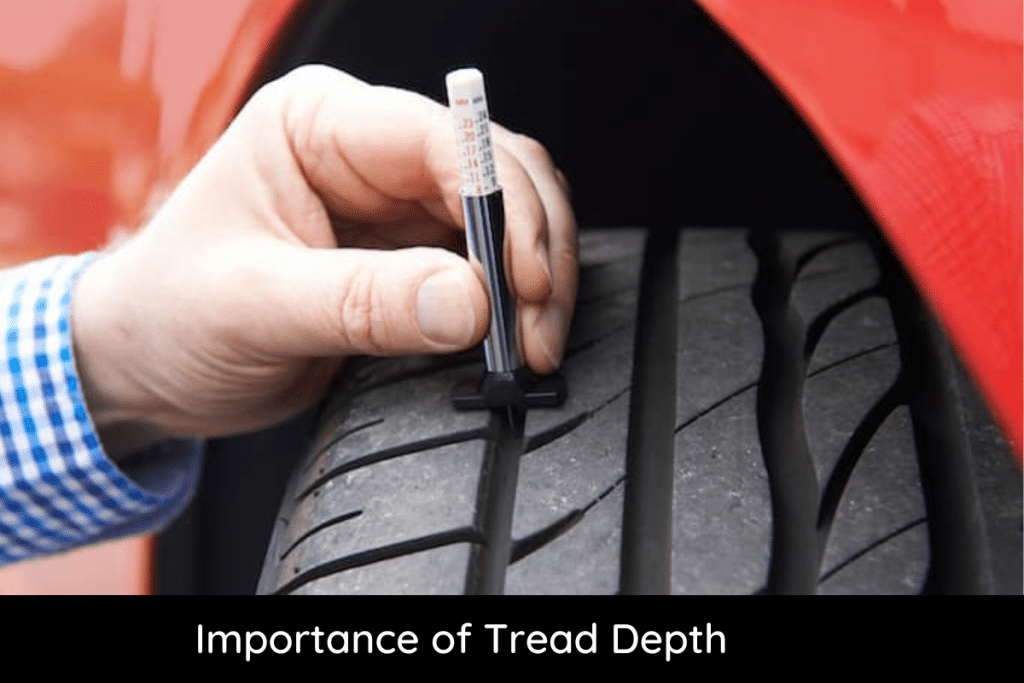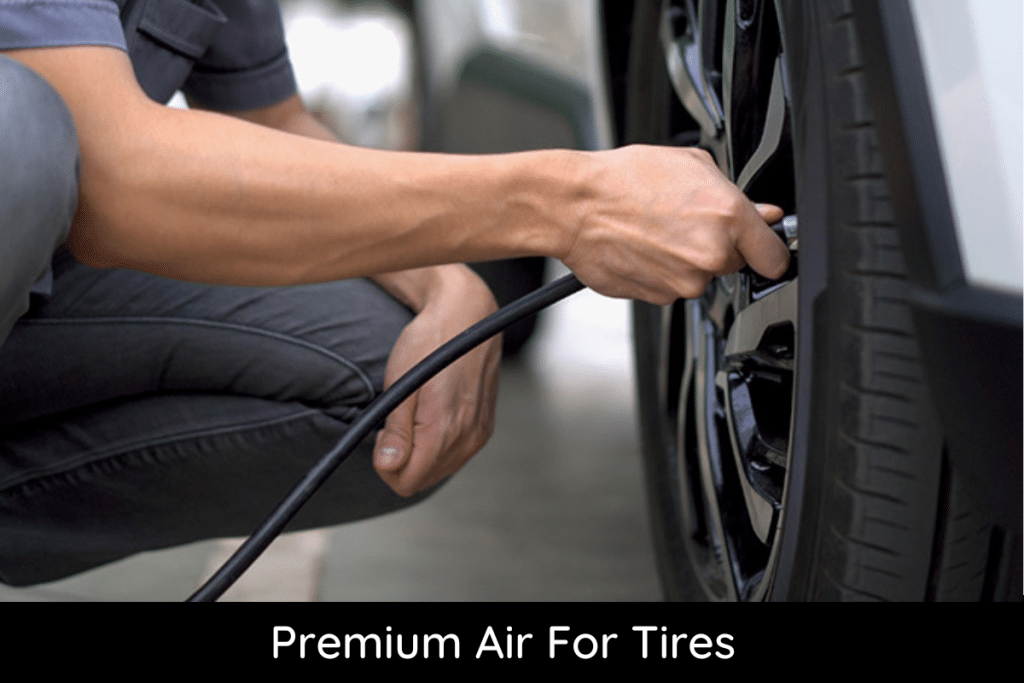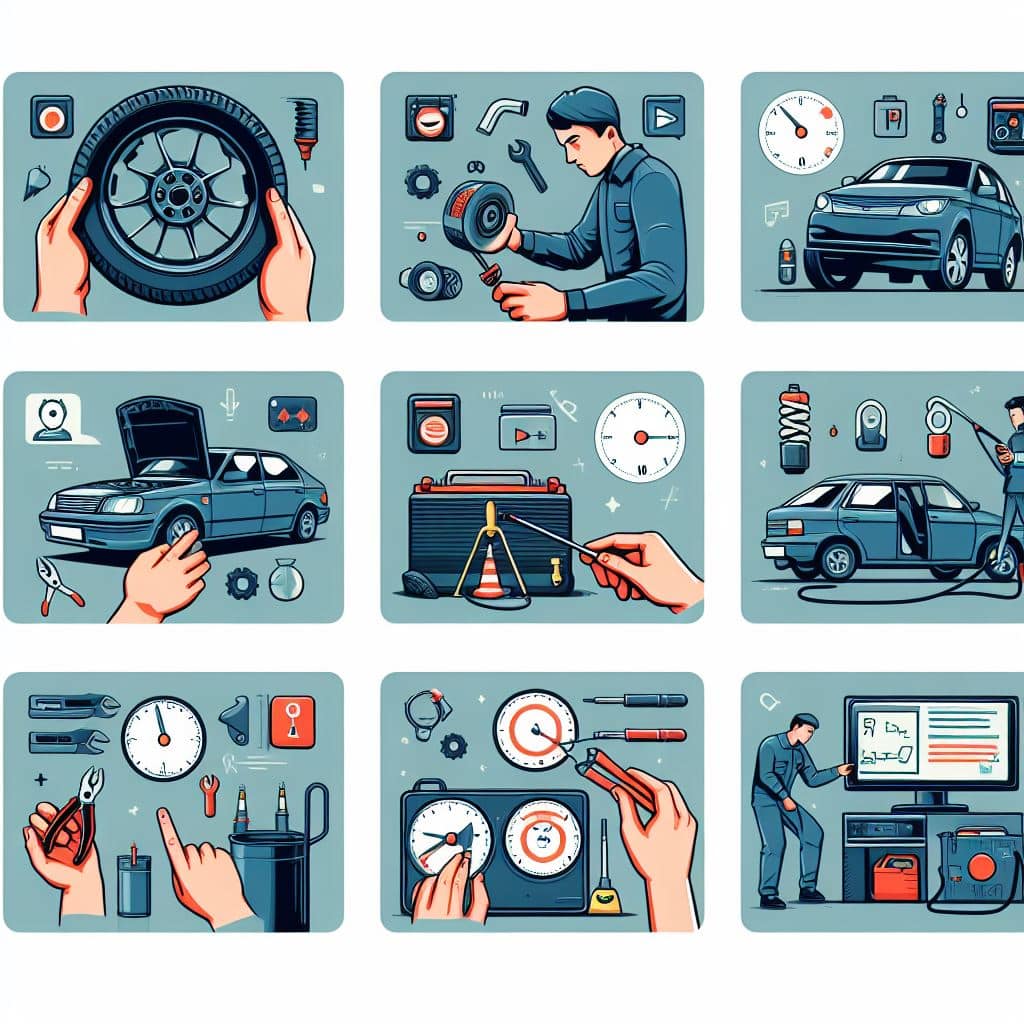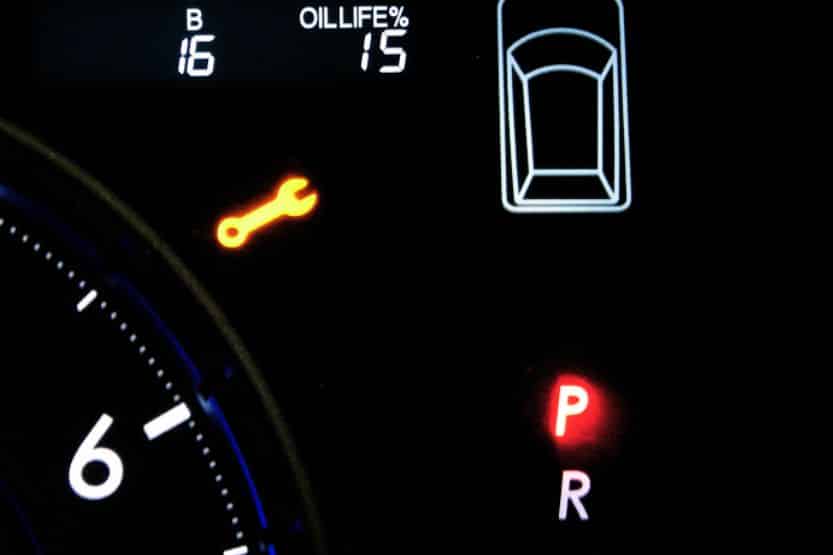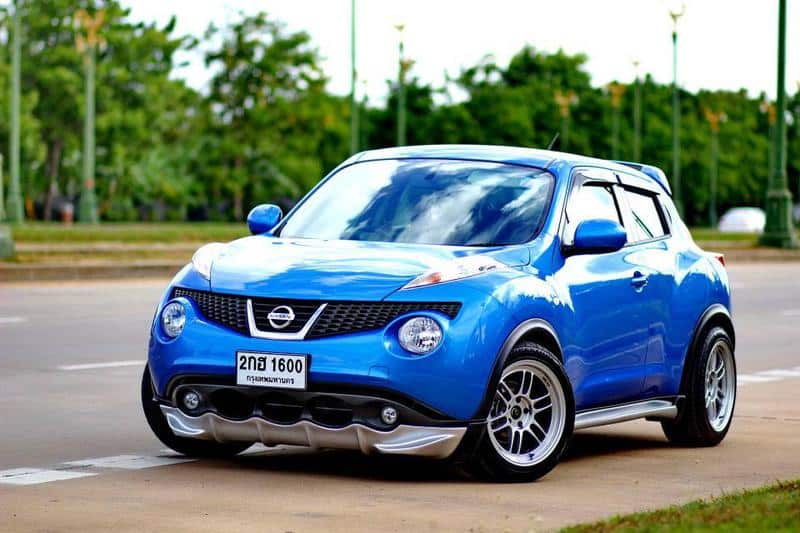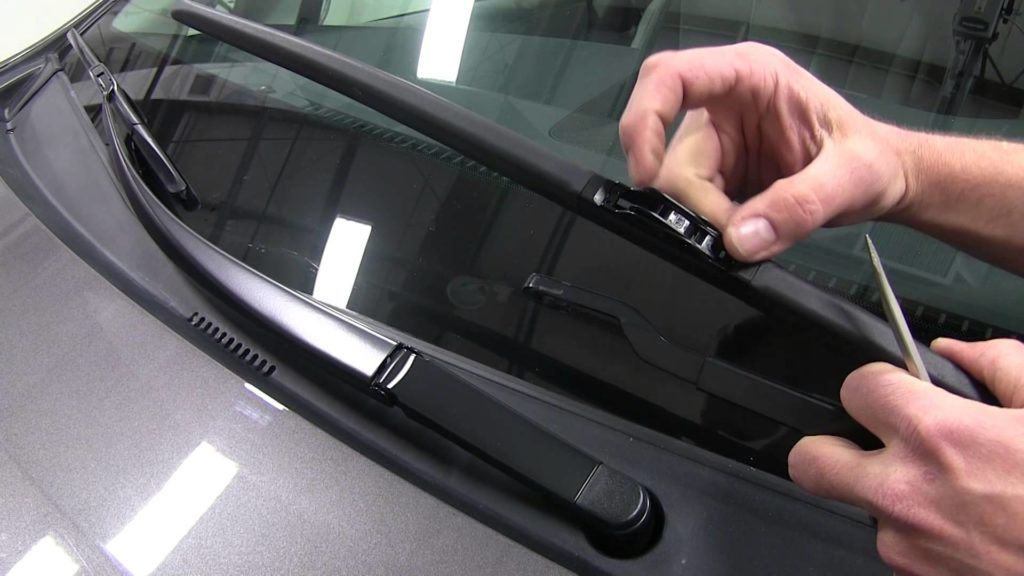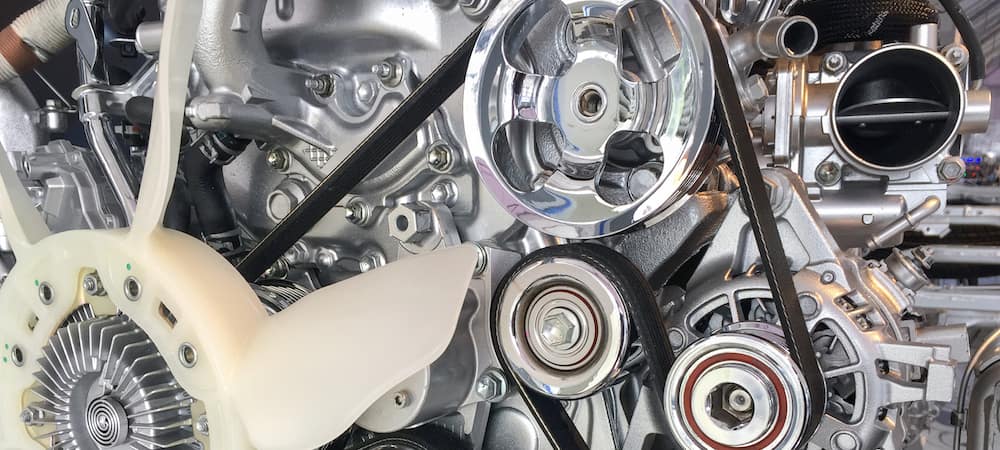No one wants to get stranded on the side of the road. If your car battery has died, you may be wondering what to do. This article will give you tips for handling car batteries that have gone dead or are close to dying. We’ll also provide steps to ensure your car battery stays in good condition, so it doesn’t die prematurely!
A dead battery situation can be one of those annoying moments that inevitably happens to every car user. Nothing happens when you are sitting in your car and ready to attend that important meeting after turning on the ignition. After a few clicks, you start wondering what might have gone wrong. Finally, you need to fix another dead car battery situation and get going as fast as possible.
There are several reasons why your car battery may be dead. Whether it’s a normal self-discharge, parasitic drain, or merely wearing out. Luckily, there are several things to do when your battery dies. This article will teach you how to jump-start your car battery.
Signs Your Car Battery Is Weak Or Dead
The windshield wipers should be on to check if your battery is dead. If you turn on the windshield wipers and notice that they are operating slower than usual, this is a good indication that your battery is dying. Alternately, if your battery goes flat, the exterior lights and dome light will appear dimmer than normal, or they may not:
- Engine cranks but doesn’t start;
- Engine cranks slowly;
- No lights/dim lights;
- The radio doesn’t work.
Why Does Car Battery Die?
There are some reasons a battery could die. The most common are:
- Leaving your headlights, radio, and interior lights on for an extended period while your car is stationary;
- Leaving your radio on overnight or for an extended period while the vehicle is stationary;
- If the vehicle is inactive for an extended period, the battery will begin to drain out;
- Failure from the alternator or diode bridge. The alternator is responsible for charging the battery when the car is working, so if it’s not working correctly, the battery will die;
- The battery could freeze and drain out due to low temperature, or the temperature drops below zero;
- Leaving your car air-conditional on for an extended period with the car not fully on;
If you are experiencing or your battery just died, it doesn’t necessarily mean you need a replacement. The next step is to find a way to get back on them as soon as possible. The best answer is to jumpstart your battery and get it charged.
The Right and Safe Technique
One of the most effective ways of charging your battery is to use a jump-start battery. Luckily this process does not require a lot of tools. All you need is a jumper cable and a running battery (you will probably have to call a friend or ask the other drivers for help).
You should always carry a pair of jumper cables in your car and know how to use them correctly.
How to Jump a Car – Step-by-Step Guide
The most common approach to restore a dead battery is to jump-start it. A set of jumper cables and another automobile (a good Samaritan) with a functional battery are all you need to jump-start a vehicle.
Jump-starting a car is straightforward, but you should apply caution. Since car batteries are located where wires and flammable gases may be present, extra care must be taken. Jumper cables are usually inexpensive and come in a variety of lengths. While purchasing the jumper cables, the length of the wire and the gauge that determines power must be considered.
The length usually ranges between 10 to 20 feet, while ten should be enough to power your battery. Getting a longer wire may be more convenient, but also, there may be a potential power loss while the standard gauge should be size six, which is appropriate for most cars.
The simple steps on how to jump start a car
- Park the two cars close to one another, but never let the two vehicles touch. Just make sure they are close enough for the cables to reach the other car.
- Shut the ignition and every electronic in both cars. Be sure the car is in the park for an automatic transmission or neutral for the manual transmission, and the handbrake is set in both cars.
- Open the hood and identify both batteries’ negative “–” and positive “+” battery terminals. This is the most crucial aspect as you do not want to connect the cable wrong. Also, be sure there is enough space to clamp the cables to the terminals.
- Clamp the red (positive) jumper cable to the positive dead battery terminal. Ensure the clamp fixes the battery terminal appropriately to provide a strong electrical connection. Be sure the negative (black) cable is not touching your car’s positive wire or any metal surface.
- Now, clamp the other positive jumper cable to the booster car positive battery terminal. Make sure you confirm before connecting these cables. Clamp the negative cable to the negative battery terminal in the working (charged) car. Now that there is a connection to the battery terminal, you can attach the other end to an unpainted metal surface in the dead battery car.
- Make your final check and confirm all the jumper cables are well connected. Be sure the wires are not close to any moving parts in the engine.
- Start the charged car, and leave for some minutes to build sufficient charge to start the other car’s dead battery. If lights and other electronics drained the dead battery after going for a long time, the battery would likely begin almost immediately. But if the battery is old and it has been idle for an extended period, then it may take some time before the battery charge and start.
- Once the dead battery car starts working, remove all the connections carefully in reverse order. Leave your car for some time or drive around to gain enough charge.
Safety Tips for Moving Batteries
Stay safe by using our guide to handling car batteries:
- If battery acid leaks, it can burn clothing and skin as well as cause blindness. Use protective gloves to avoid injury when checking a battery before disconnecting/transportation.
- Disconnect the battery before inspecting it.
- Remove the ground wire from the battery first and then the positive cable.
- Before towing a battery, conduct a comprehensive examination of the battery’s condition, using a flashlight to check all sides for marks, dents, or leaks.
- If the battery has severe dents or leaks, contact a professional mechanic or breakdown service for assistance and have it repaired or replaced. Don’t try to pull it yourself.
- Cover the terminals during transportation to prevent them from being shorted out. Always keep the battery upright.
- Batteries are often rather hefty, so be cautious when picking them up and transporting them. If necessary, seek assistance.
Advice to Keep Your Car Battery Alive
Extend the life of your car’s battery by avoiding using any of these methods.
- Don’t leave your stereo on. The stereo may quickly deplete the battery when the car is turned off.
- Leaving headlights on. Every time you get out of your car, make sure the headlights and interior lights are switched off. If you can keep the lights on an ‘automatic’ setting, take it.
- Be conscious of cold weather. Cold temperatures can put a strain on your battery, and if it reaches its limit, it may be the cause of death. Try to bundle your errands together in the winter so that you’re driving for longer, as starting the engine is particularly draining on the battery when temperatures have dropped. Consider insulating your battery if you reside in one of America’s coldest locations. Read more about how to keep your battery operating well during the winter months here.
- Keep an eye on it. The first step is to inspect the battery now and then under the hood. Corrosion may develop between the connections on your battery, causing it to malfunction. Use a wire brush to scrape away any corrosion if you see it. Here are some more suggestions for cleaning it.
Items to keep in your car in case your car battery dies:
- Jump leads
- A power pack
- A car battery charger
Car Battery Dead or the Jump Failed
If the battery won’t hold a charge, dies later, or can’t be charged, there may be another problem:
- The age of the battery may have something to do with it. The majority of batteries have a lifespan of approximately four to six years. If the battery is beyond its expiration date, it’s time to replace it.
- If you didn’t continue to drive the vehicle after the jump-start, it’s possible that the battery died once again. Give the battery a chance to charge for at least 20 minutes by driving it for at least 20 minutes.
- A light or accessory powered by the battery was left on and depletes the battery’s charge. This may be a problem even if the vehicle isn’t in operation.
- The battery has a concealed drain. An incorrectly functioning alternator is the most frequent reason for this condition.
- A mechanical issue might prevent the battery from charging as you drove it.
- At this point, you’ll need to troubleshoot and see if you can figure out what’s wrong. You may extend the life of your battery by performing regular maintenance. If your car’s battery dies and you can’t identify the problem, your local auto shop should be able to assist you in diagnosing it. They will be able to help you get your automobile back on the road.
How to Find the Right Battery For Your Car
Is it true that all automobile batteries are created equal? Not entirely, and certain cars, such as diesel engines, will need a specific high-drain battery. Input your car’s specifications into the online Auto Battery Finder to obtain all of the information you need to know about and ensure the battery fits.
There are five important considerations when choosing the right battery for your car:
Battery Type: Most current gas-powered cars can use a lead-acid battery or an absorbed glass mat (AGM) battery. These aren’t appropriate for electric or hybrid automobiles that use a nickel-metal hydride (NiMH) or lithium-ion battery.
Battery Group Size: Batteries are classified by group sizes. You’ll need to know the size of your old battery’s group because it ensures that the battery fits your car’s battery case and that the battery terminals are in the correct position. A two-digit number followed by a letter indicates the group size on a label on your old battery, and this information can
Brand: It’s unnecessary to buy the battery brand your car manufacturer recommends, but it is preferable. However, if you choose a different company, you’ll want to make sure it fulfills your demands and satisfies the requirements in your vehicle’s owner’s handbook.
Age: When a battery is not in use, it begins to degrade and has a limited lifespan. The average lifetime of a car battery is three to six years, and even if left dormant, the chemical changes that occur while the battery is flat will eventually render it useless. You should generally purchase a new battery within six months of its release.
Cold-Cranking Amps: The number of cranking Amps (CCA) is a measurement of how much energy your battery can produce for 30 seconds at a fixed temperature. The higher the value, the better your battery will function in cold weather.
Conclusion
Dealing with a dead battery situation can be tough. Luckily, getting out of this terrible situation is not as difficult as it seems. By following the procedure of using a jumper cable, you will be able to get back on the road as soon as possible, and your car battery will work and last for an extended period.
[wp-faq-schema title=”FAQ”]
Last update on 2025-12-22 / Affiliate links / Images from Amazon Product Advertising API












